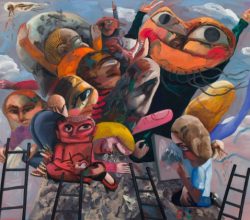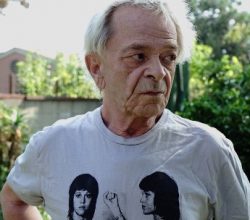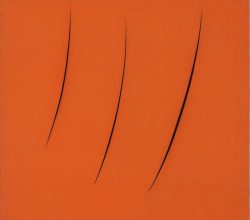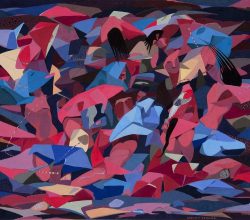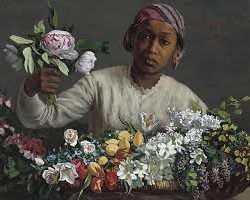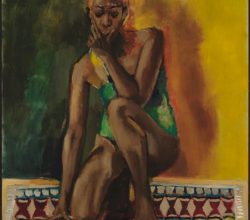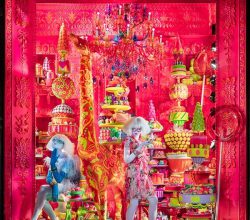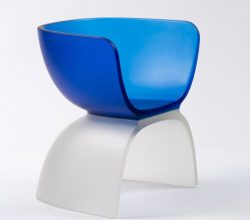
Midlife Crisis on an Unlimited Budget: Marc Newson’s Furniture for the 1%
Glenn Adamson | Frieze | 25th January 2019
Since designing the Lockheed lounge and Embryo chair Newsom has been at “the very apex” of design. Most reviews of his current show are gushing – “a form of alchemy … furniture pieces of immense beauty.” Not so the linked piece. It worries about “objects as hyper-commodities” and wishes Newsom would show “he can still be ingenious on the cheap”. More images are here.

